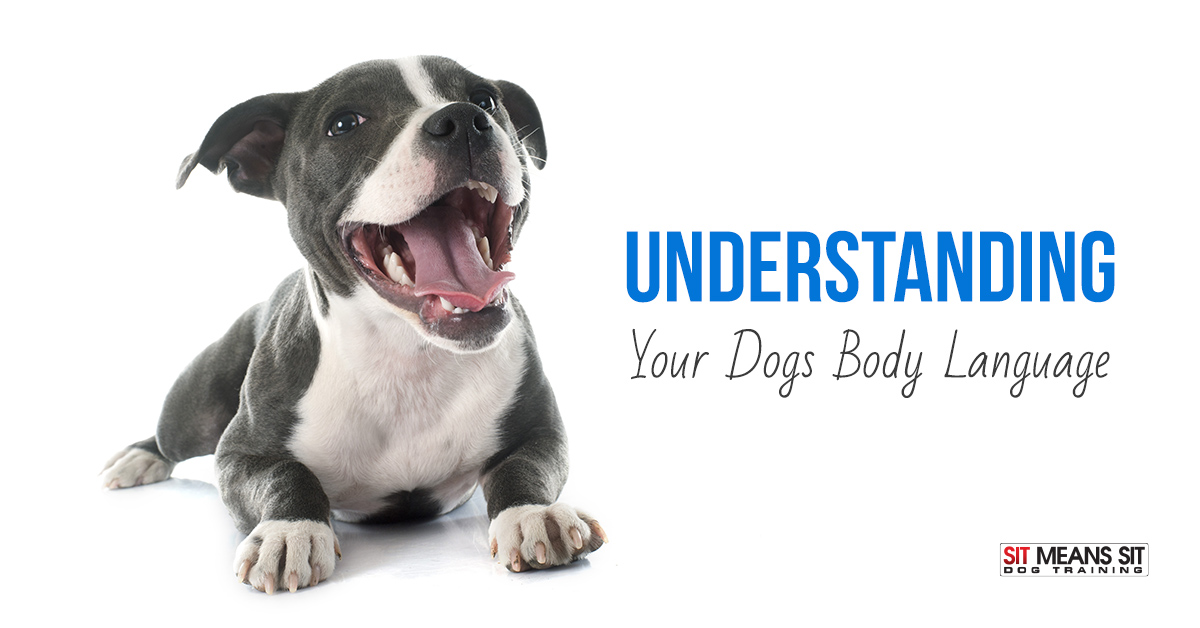
Understanding Your Dogs Body Language
Dogs can be hard to understand sometimes. We can’t always read them the way we ready our family members or friends. A huge way to bond with your dog is to understand their body and emotions. To do this, you need to understanding how they communicate. While we use words to communicate, dogs use their energy and body language. To fully understand our dogs and read their needs, we should become more aware of their body language and what it means. Here are some ways to read your dog’s body language, from their energy to their movements.
Emotions
A dog’s language is conveyed differently than humans. Their energy is an expression of their intention and emotions working together to communicate something to you. Their intention (which is usually shown through their movements) may be excited, scared, happy, etc. but you also have to account for their emotions to determine their energy.
What Areas Are Key To Watch
When trying to determine what your dog is feeling, check out their head, ears, tail, and back. These are where the real indications of emotion and energy are. If all these areas are high (perked ears, high tail, high body) they are feeling dominate. The vice versa is true as well – meaning if there ears are low and their body is low they feel submissive or maybe even afraid. If a dog is tense in their back and legs, they are at a high energy level. It is easy to not think deeply about our dog’s movements or assume we know what they mean from a previous event. But a dog’s energy can always be different and it is important to be away that their body language is changing constantly.
Interpreting Your Dog’s Body Language
Here are some of the main emotions that you dog may be experiencing and how to identify them.
- Relaxed Approachable: Ears up, low tail, mouth slightly open, and high head. These aspects combined mean your dog is feeling approachable and unthreatened by the environment around them. This is probably their average stance when in your home or other familiar places.
- Alert: Ears forward, tail horizontal, wide eyes, and a slight forward lean. Your dog is probably investigating something that is unfamiliar to them. They are observing to see if they need to do anything or decide if they need to feel threatened.
- Dominant Aggressive: Raised tail, stiff legs, ears forward, forehead and eyes wrinkled, and teeth visible. These signs indicate your dog is confident and expressing dominance, especially in a situation where they feel challenged. This dog could become aggressive if they felt they needed to be.
- Stressed: Body lowered, ears back, panting, and tail down. When your dog is acting like this, they probably feel as though they are in a very stressful situation. This could be a social change or a new environment, but in this case it is best to have them leave the situation.
- Playful: Tail up and waving, ears up, mouth open, and front of body lowered. This is your dog’s happy pose! This is them saying “I want to play!” and they also may playfully bark. Feel free to approach and play with them.
Reading your dog can be confusing, but it is necessary. Pay attention to the body language and energy your dog is giving off, and be aware if they are in distress. If you are looking for guidance or dog training in the Denver area give us a call!
